After a second four-night stay at the &Beyond Sossusvlei Desert Lodge in 2013, which is located in the International Dark Association Gold rated NamibRand Nature Reserve in Namibia, I was added to the ranks of resident astronomer team who share the wondrous dark skies with guests of the lodge using a Meade 12” LX200. While the scope is great fun to use and provides stunning deep sky views, it does suffer from a noteworthy drawback. The LX200 has a three metre focal length which is a significant impediment to achieving wide fields of views, something that the stunning Milky Way and its numerous star clouds and large DSOs really need to fully appreciate.
I was offered a two week slot in September 2014, acting as cover for another member of the team who had a family commitment and needed to leave early. While incredibly excited to return to one of my favourite places in the world, my thoughts immediately turned to wide fields of view and how I would achieve them with the available equipment? My APM TMB 105 refractor (read the review here) has travelled abroad with me and is capable of delivering fields in excess of three degrees. However, my journey to the lodge included a flight in a 6 seat Cessna 210 and a correspondingly limited luggage allowance. At around 7kg fully loaded and requiring an additional 5kg for the mount and tripod, it was just too large for this trip. Perhaps a pair of binoculars would suffice? Certainly they are the weapon of choice for many astronomers who want to sweep the Milky Way. While tempting, I believed the ability to observe at a variety of magnifications, tailored to the object of interest would be more rewarding and the search was on for a scope of 6 to 8cm aperture weighing less than 2kg.
After discussing my requirements with a number of retailers, I settled on the smallest scope in the Takahashi line up, the FS-60. A rather diminutive 30cm in length and weighing in at only 1.3kg (excluding clamshell) fit the portability requirement, but its extreme flexibility given its modular nature where a series of flatteners, reducers and extenders can be added and taken away to match specific requirements really appealed. In that regard, the FS-60 is very much like the Borg range of telescopes. One optional extra really caught my attention and that was the FC-76 objective upgrade which can be screwed in place of the FS-60 lens cell, converting the scope into the f/7.5 FC-76DC. While not a cheap extra, having the option of 6cm and 7.6cm aperture lightweight scopes meant I could always have a scope that would fit my carrying limits. The Widescreen Centre in London put together a package for me including a Starlight Instruments Feathertouch focuser and a flight case to carry it all in.
The OTA
The FS-60 exudes quality the moment you remove it from its well packed shipping container. The fit and finish is excellent with a deep pearly white paint finish on the OTA and the classic Takahashi green accents on the lens cover and stock focuser look fantastic. While it counts for little in reality, I would argue that the “baby Tak” is a very pretty scope. It certainly gains attention on an observing field and not just because of its tiny size.
Takahashi offer two clamshells with an internal diameter of 80mm for use with the FS-60. The dedicated narrower clamshell has a small foot which offsets the mounting position which helps with balance of scope that can be rather back heavy when using a large 2” eyepiece. The larger clamshell is actually intended for the FC-76DC which has the same OTA tube diameter but still suitable for the FS-60. I tend to use this one when I have the scope configured as the FC-76 which is far longer. Should you not like using clamshells, the Borg (part number 7083) tube rings will also fit the scope.
The Lens
The FS-60 utilises an air-spaced doublet lens where the front element is fabricated from fluorite and the rear negative element from an eco-glass. You only have to spend a few minutes on an online astronomy forum to see how much amateur astronomers fixate about the types of ED-glass used in their refractors, and while the low dispersion characteristics are important, the real driver of chromatic aberration performance comes from the mating element.
Fluorite is actually an artificially grown crystal with a regular atomic structure as opposed to all glasses which are super-cooled fluids and have an irregular structure. No available ED-glass has dispersive characteristics which are as good as Fluorite (some come very close) but arguably the most exciting property of Fluorite is it reputedly scatters less light than any glass which could aid in producing the highest contrast views, something that is very important when trying to tease out the last bit of detail allowed by atmospheric conditions.
The lens sits in a simple cell which is not much larger than the lens itself and cannot be collimated. However, over almost two years of use, I have removed the lens several times, and it has not lost collimation upon reattachment, such is the fine mechanical tolerance on the machining of the threads. The first time I removed the green lens cover and looked down the tube I could not see the lens at all. The quality of the broadband anti-reflection coatings is excellent with the lens only really showing is presence via muted reflections when a bright line is shone directly at it. Perhaps the only small disappointment is the lens cell is no longer engraved as it once was, presumably a cost saving measure.
Stray light reflections are well controlled by flat black paint and a solitary small knife edge baffle located half way down the tube.
Focuser
Natively, the standard equipment Takahashi focuser will not accept 2” accessories though an adaptor is available. However, as is often the case with scopes intended for imaging, the drawtube is particularly short at only 1” in length so not to cut into the light path when the focus is racked in. This means that a visual observer will find themselves screwing in and removing extenders as a means of course focus with the fine focus achieved via the focuser. Using barlows, which can shift the focus point of an eyepiece can be a bit of a pain. Consider a Powermate if you want to barlow which does not suffer that problem, or better yet, purchase a Nagler Zoom. The focuser itself is very smooth though I do prefer the finer control of a micro-focuser.
There is not much to add to the excellent reputation of Starlight Instruments Feathertouch focusers. Widely considered to be the best focusers available, I am fortunate to have them on all my telescopes. The lightweight model I use with my FS-60 is the FTF2015BCR-LW which has a 1.5” long drawtube. To attach a Feathertouch focuser to the Tak requires the Starlight Instruments A20-302 adaptor which matches the thread pattern found on the OTA. The lightweight model performs just as well as its full-fat 2” brother, sacrificing nothing in performance but weighs 0.278lbs less, at 0.848lbs.
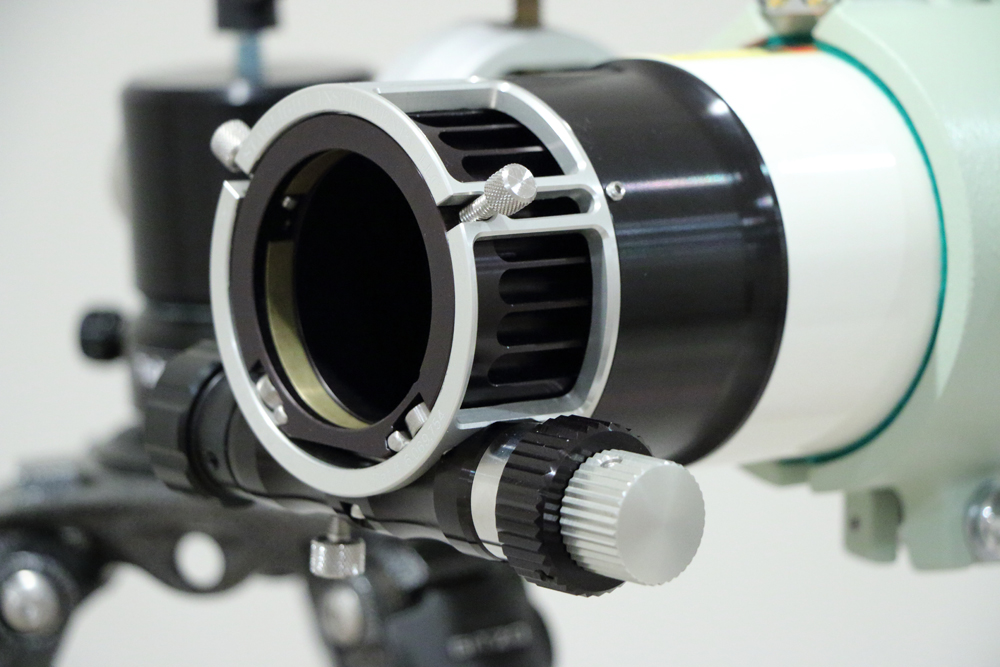
The lightweight Feathertouch is an excellent match for the FS-60. The silver skeleton cage matches well with the FC-76 objective upgrade.
When using a 1.25” diagonal, to bring the scope to visual focus, I use a 2” Televue extension tube and low profile adaptor. All 1.25” eyepieces I have used reached focus using this configuration. I tend to favour using the Televue 2” Everbright diagonal for full flexibility of eyepiece use. Due to the extra path length found in the 2” model, no extension tube has been needed to reach focus.
6×30 Finder
Some would suggest with a focal length of only 355mm that a finderscope is unnecessary but the reality for me at least, is I am quite useless without one. I learnt to navigate around the sky with a small finder and I am now somewhat stuck in my ways. So having one as part of the package was important to me. Takashashi offer a 6×30 (8o field) finder with bracket which attaches to a mounting plate on the stock focuser. No such provision exists on the Feathertouch. Fortunately, The Widescreen Centre came up with an ingenious mounting idea. The bracket is attached to a Skywatcher 76mm tube ring which perfectly fits the outside diameter of the replacement focuser. This comfortably holds the finder in place and the position can be simply adjusted by loosening and tightening thumb screw on the tube ring.
Over the last few years there seems to have been a race to the bottom when it comes to finderscopes but that could not be further from the truth with the Takahashi unit. It is quite simply the finest example I have ever used. Not only is it finished to the same high standard as the FS-60 itself with a deep pearly white finish and excellent coatings on the lens elements, but the image is very bright, sharp across virtually the entire field and is delivered with copious amounts of eye relief. At the current list price of £130 for the finder and bracket, it is an expensive accessory, but I think it is more than worth the price. Honestly, if I purchased a 30mm aperture telescope and the optics were as good as the Takahashi finder, I would be exceptionally happy, it really is that good.
Under the Stars
When I first decided on the FS-60 as my ultra-portable scope I found some observers asking me what I could possibly hope to see with only a 6cm aperture, believing such a small scope is only suitable for astrophotography. However, many amateur astronomers of a certain age speak in hushed tones about their 60mm Unitron and Carton refractors which gave many of them their first telescopic views of the night sky. While nostalgia may in some cases rose tint memories of the clarity and sharpness of those views, there is no denying than many astronomers were satisfied by the aperture for countless years.
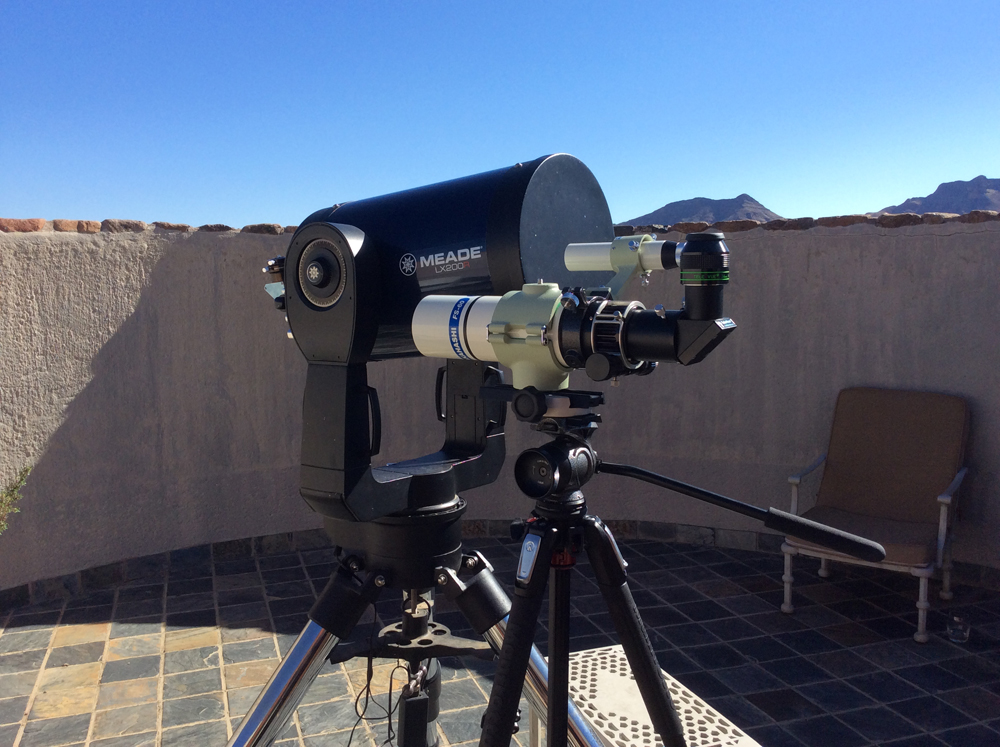
The FS-60 sitting in front of the Sossusvlei Desert Lodge observatory 12″ LX200. I used the FS-60 at least as much during my 2 week posting.
As well as extensively using FS-60 under some of darkest skies found anywhere in the world in Namibia and Mozambique, I have also taken the scope on multiple occasions to the Baker Street Irregular Astronomers monthly star-party in Regents Park in central London, which sits near the other end of the light pollution spectrum from Namibia, as well as more rural locations in the UK and other European destinations such as Slovenia and Spain.
The star test is exceptionally good, showing just a small trace of under correction, with a slight magenta colour rim to the outer Fresnel ring inside of focus and a pale green colour outside of focus. As with all high quality scopes it snaps to focus. The f/5.9 focal ratio does mean the focal plane is razor thin, probably the thinnest I have used, and I have found the micro-focuser of the Feathertouch useful in this regard. If focus is even the slightest bit off, then some unfocused light will be seen which might lead some to conclude that the FS-60 shows a lot of chromatic aberration.
The question of false colour in the FS-60 is an interesting one. It is definitely not colour free as my larger triplets are, but then I would not expect an f/5.9 doublet to be. However, it has surprised by how little extraneous colour it shows. I see no chromatic aberration on Jupiter or the Moon even at 150x plus, though occasionally I have wondered if I am seeing a very slight magenta hue in the inky black shadows of lunar craters at very high magnifications, but I have not been able to convince myself that I have. Venus however, and some challenging bright stars such as Sirius and Vega have shown a modest amount of false colour, especially in the first diffraction ring. I would argue though that it has never spoiled the view.
The excellent star test certainly manifests in the scopes performance when observing. Castor (5” separation and +1.9, +3.0 component magnitude) is an easy split using the 6mm (59x) setting of the Nagler Zoom. The same applies to Polaris (18.2” / +2.1, +9.1) where the difficulty is not the separation but the extreme brightness difference. Polaris is considered a good test for a 3” scope but is not a challenge for the 2.4” Takahashi. The Double-Double in Lyra shows a hair split using the 4mm setting of the zoom for 88x magnification. That is impressive. I have seen scopes of twice the aperture fail to split it at that magnification. Colourful doubles such as Almach and Alberio are well presented in the FS-60.
The most satisfying element of the optical performance has been the lack of scattered light and extreme contrast in the image. The sky around the edge of a bright Moon and surrounding the planets is jet black, leaving me a bit of believer in the fluorite advantage of low light scatter. The contrast on the planets and amount of detail seen has left me wondering how a 6cm aperture can do it? Jupiter shows a remarkable amount of low contrast surface detail. The GRS and shadow transits are not beyond the reach of the FS-60 as are transits of the Galilean moons themselves. At one BSIA star party in Regent’s Park, Io was in transit as darkness fell and the FS-60 was one of the first scopes to actually reveal the location of the moon on the disc of Jupiter despite being the smallest telescope in attendance, such that multiple observers were then able to see Io in their own larger instruments once they knew where to look.
Magnification performance offers plenty of evidence that the old rule of thumb of 50x per inch of aperture does not apply here. While the image does not reveal any additional detail, on bright targets such as Moon, it remains very sharp even at the 2mm setting of the Nagler Zoom (178x). It should be noted that exit pupil at this level of magnification is rather small and would likely prove the inhibitor to going much higher rather than image breakdown.
The excellent contrast which allows the scope to perform well on the planets also translates into surprising deep sky performance, especially under dark skies, where it belies its 60mm aperture. As well as presenting some of the showpiece objects of the night sky very well, showing a green hue and plenty of detail in the Orion Nebula and some structure in larger globular clusters such as M13 and 47 Tucane in the southern hemisphere, the scope reveals unexpected amounts of detail in wide variety of nebulae and clusters to the patient and experienced observer. I have had my best ever view of the Eta Carinae Nebula with the FS-60 which might sound surprising, but it is a very large object and I have not previously had access to a scope that can show the whole nebula in one field before. Other large extended objects like the North American Nebula and Veil are also shown well in the expansive fields of the FS-60. While the low surface brightness of many galaxies pose quite a challenge to the baby Tak, the reality is virtually the entire Messier, Caldwell and many of the brighter NGC are within range of this tiny scope, though many will be dim smudges. To be clear though, if you are used to observing with an 8” plus instrument, this is a very small scope and you do need to temper your expectations.
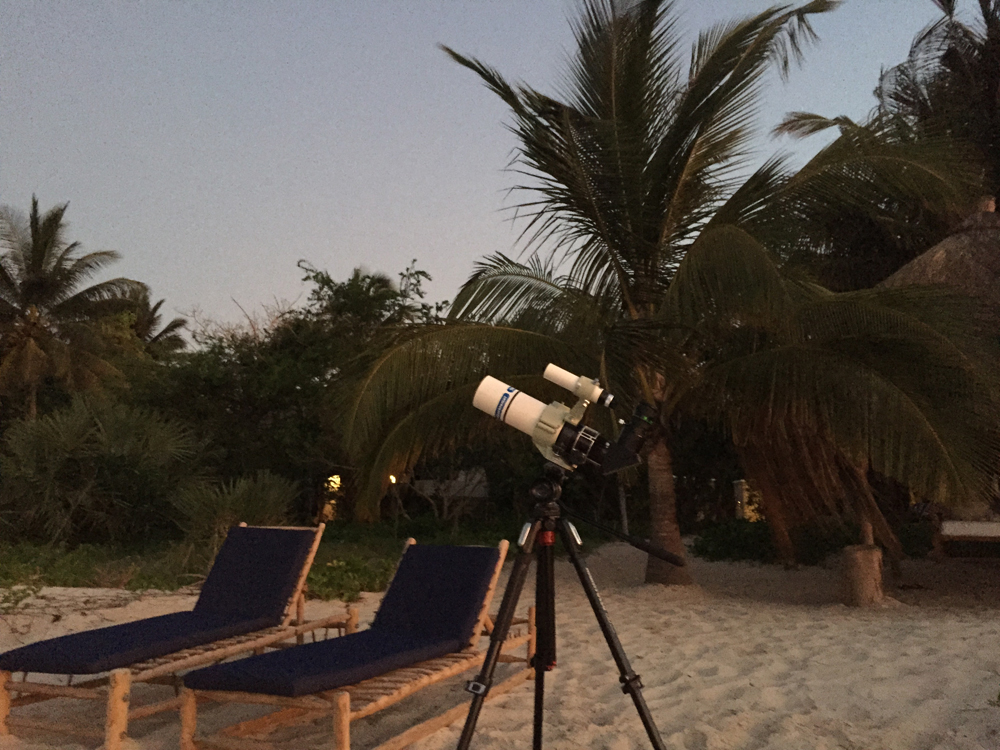
Set up on the beach on Benguerra Island off the coast of Mozambique, ready for a night of observing.
Deep sky viewing does reveal one shortcoming and that is the light grasp of a 6cm lens will limit the magnification that can be applied to extended, low surface brightness objects such as nebulae. The result is that the most pleasing and usable views will often be at a lower magnification than you might typically use with a larger instrument on the same object.
Mars represents an interesting challenge for fast doublets as they are often better corrected at the blue end of the spectrum and the ruddy-browns and reds of Mars can leave the view a bit underwhelming. While some of the larger albedo features and polar caps are visible near opposition, the image is a little soft and certainly not on the same level as Jupiter or Saturn.
As well as the extreme portability for trips abroad where the lightest-weight tripod and mount will suffice, the ability to pick the entire set-up with one hand and walk outside and start observing right away has really redefined my definition of grab-and-go. Being such a small doublet, cool down time is minimal. I have noted on occasion when moving scope from a warm house out into a frigid winter night, that the optics can pinch and show some astigmatism, though once acclimatised which takes a few minutes, the effect vanishes and the scope will perform at its maximum potential.
Sample to Sample Variation
During the last two years of ownership I have had some limited observing time with a couple of other FS-60s and the comparison threw up something I would not have expected from a premium brand such as Takahashi. While one FS-60 arguably had slightly sharper optics than my already impressive performing scope, the image shown by the third sample was a bit underwhelming when compared to the razor sharp images of the other two. Splitting the Double-Double for example, something that was well within the capabilities of the other two at relatively modest magnifications, proved incredibly hard, and the image started to break down above 120x on targets such as the Moon and Jupiter. Star testing the scope revealed optics that are around ¼ wave and hence not really any better than diffraction limited, a class that is really the bare minimum of acceptable performance. Three scopes are certainly not a sample size to make any kind of statistical analysis, but I would suggest, especially if purchasing second hand, that a test under the night sky would be advisable, just in case.
Additional Equipment
As well as the FS-60, I put together an entire lightweight setup that I could grab at a moment’s notice, but also easily transport under the most restrictive of airline luggage restrictions. For wide field views I use the TeleVue 24mm Panoptic which provides a 4.4o field at 15x magnification. The 7mm Nagler Type 6 (50x, 1.6o) covers the midrange well. For higher powers, the Televue 3-6mm Nagler Zoom (60-118x / 1o to 0.5o field) or occasionally the 2-4mm Nagler Zoom (178x max, 0.3o), if I expect to spend a lot of time on the Moon and planets, are a great match with the scope.
Such a lightweight scope needs only small tripod and I use either a carbon Fibre Gitzo or aluminium Manfrotto 190 and either the Tele Optic Mini Alt-Az mount or a Gitzo bird watching head if I want to shoot some wide-field astrophotography on the trip as well. The tripod and mount are carried in my hold baggage and all the optical components are transported in the Think Tank Photo Airport Essentials backpack (read the review here) which will comply with the most restrictive of cabin baggage allowances.
Conclusion
The Takahashi FS-60 is a remarkable little telescope and a lot of fun to use. You will find yourself occasionally playing “can it see” games but it is also capable of delivering a very satisfying observing experience. The baby Tak has completely redefined my definition of what grab-and-go actually is. Thanks to this scope, there is virtually no journey where the promise of dark skies cannot be taken advantage of, no matter the luggage restrictions.
The optical quality is exceptional, surprising many experienced observers with what can be seen with such a tiny scope. In fact, I know two members of a local astronomy club actually went on to purchase an FS-60 after viewing through mine. As highlighted in the review, within a very limited sample set of three, there has been some variability in the quality of the optics which at this price point is unacceptable, though I would highlight the optics were merely average, rather than poor, in the weaker scope. Also worth noting if you are a Mars enthusiast, the FS-60 does struggle with the red planet and it would be worth considering an alternative instrument.
The baby Tak is perhaps one of the ultimate grab-and-go scopes available, especially for the internationally travelling astronomer, but unless you are really pressed for space or must always travel to do any kind of observing it should not be your primary scope. It is expensive (OTA, clamshell and finder will set you back about £740 as of the date of this review) and you will see a lot more in a good 80mm scope and immeasurably more in an 8”. But as a second (or in my case sixth) scope to compliment your main larger instrument, it is worth serious deliberation.
Addendum: I would like to highlight that the review of the FS-60 only evaluated the scope from the perspective of a visual observer. A respected astrophotographer has suggested that the scope does not photograph blue stars well, showing some bloat, which may limit its utility for broadband imaging. However, he was in agreement that has has not found a scope in its aperture class that can match it visually. As such I would encourage additional research if you are considering the scope for astrophotography.






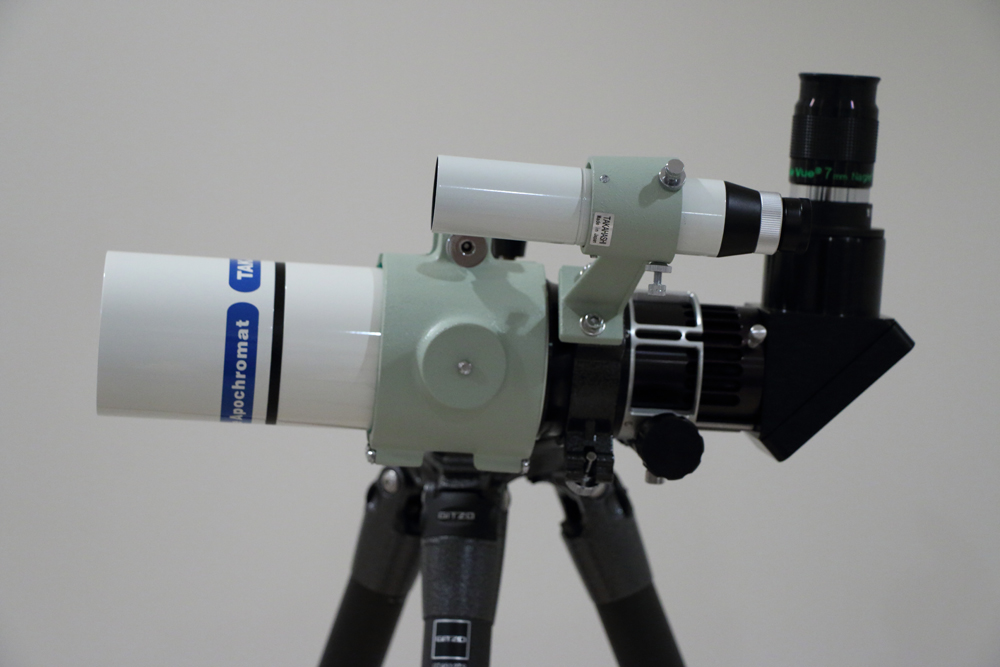

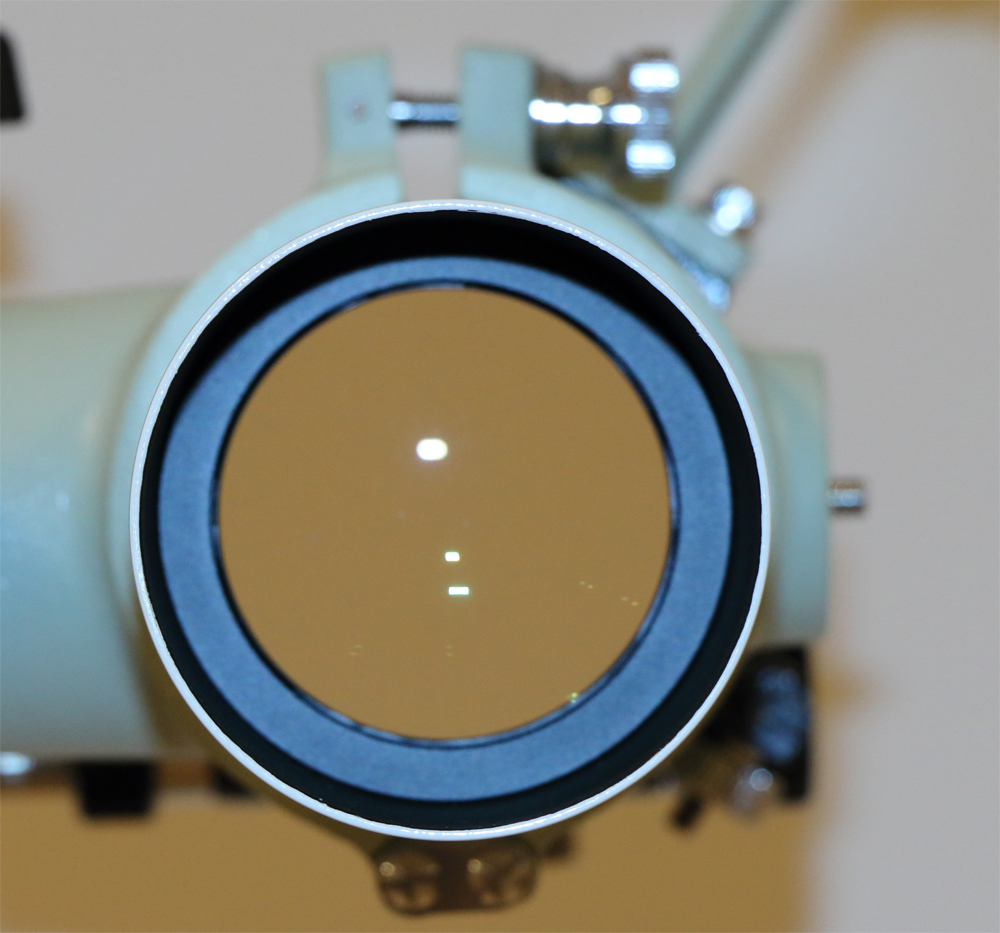
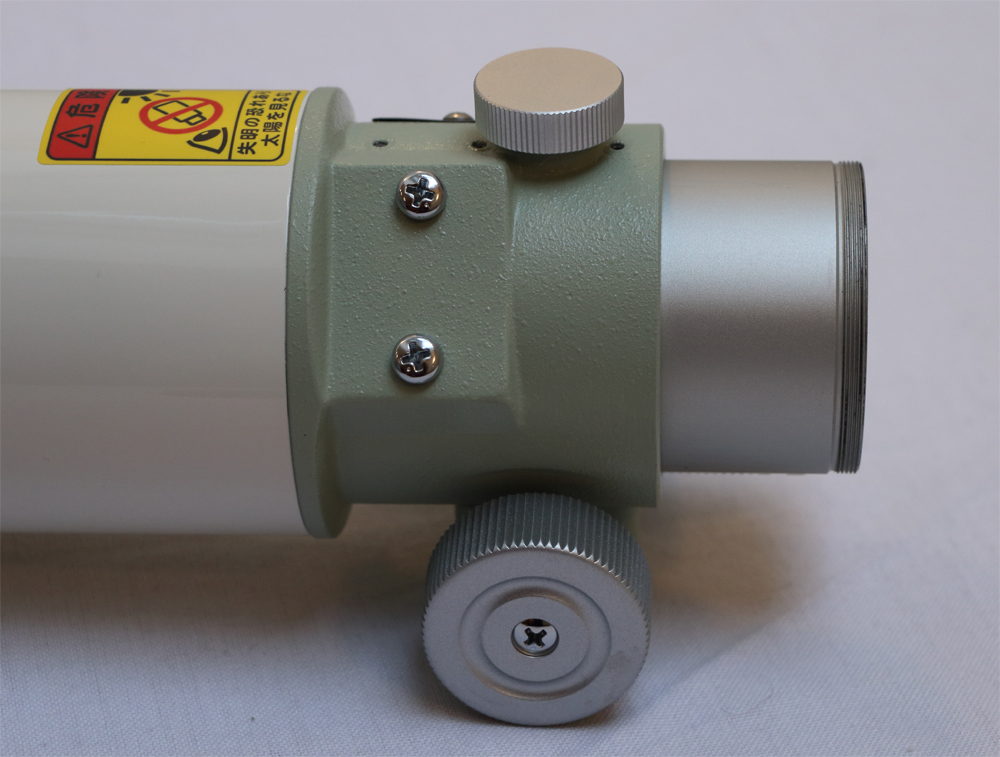

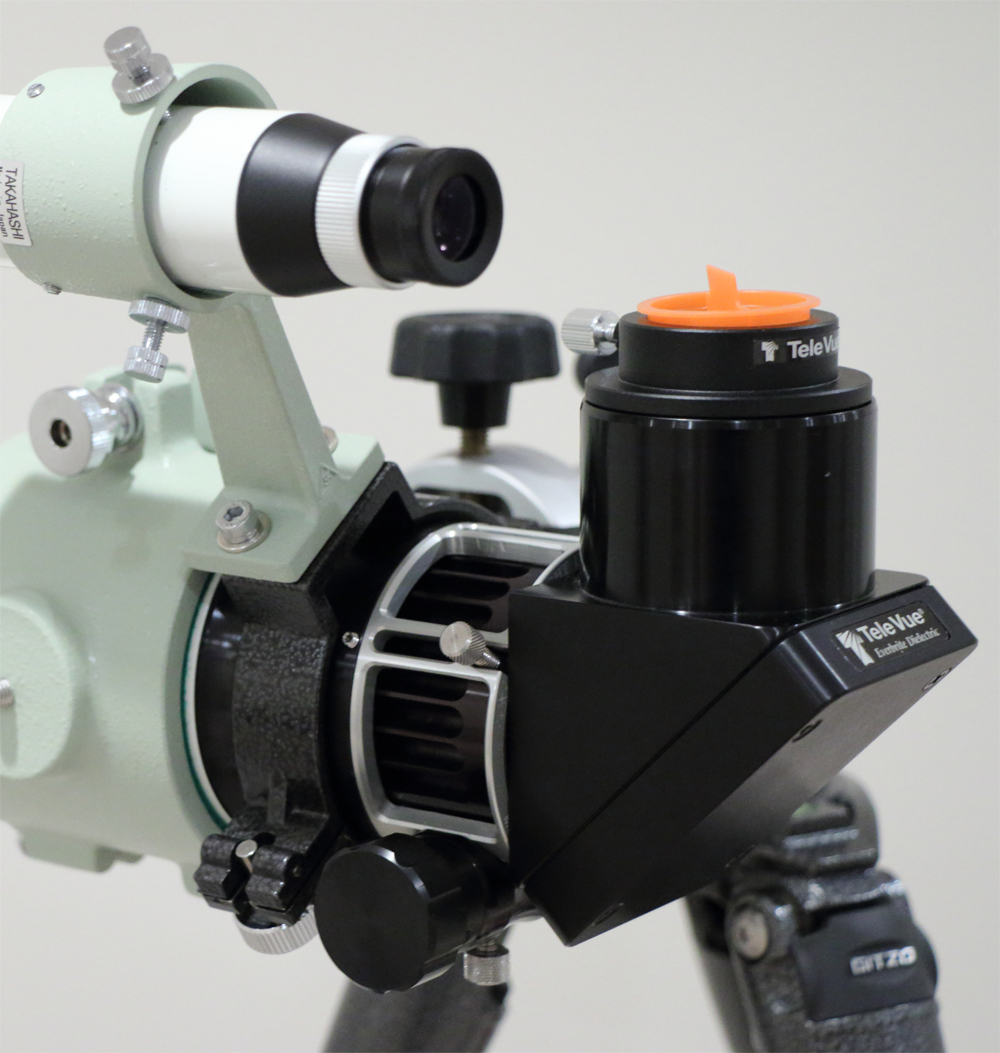

Pingback: Stargazing in Mozambique | Alpha Lyrae
Pingback: Takahashi FC-76 DCU Review | Alpha Lyrae
Pingback: Takahashi FS-60Q Review | Alpha Lyrae
Pingback: Takahashi FC-76Q Review | Alpha Lyrae